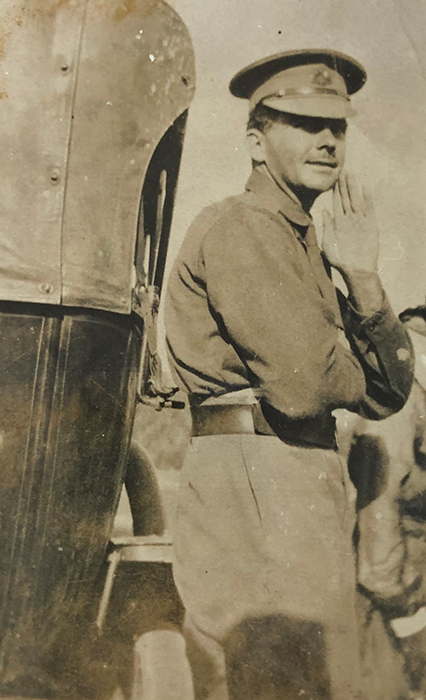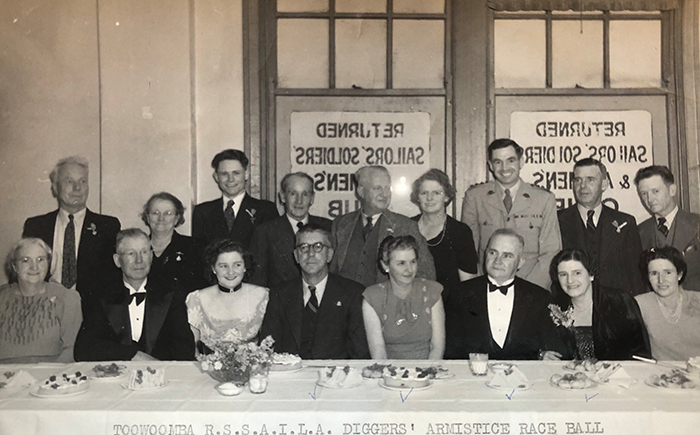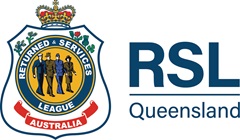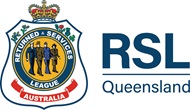
The War Artist
29 October 2019- Veteran stories
In his latest novel, Queensland author Simon Cleary explores the cost of psychological war wounds and the role of sacrifice and love in healing.
My third novel, The War Artist, began a long, long time ago. Probably, in truth, on the Western Front during WWI, when my grandfather, EW Cleary, fought in the 25th Battalion at the Battle of Bullecourt in 1917 and the following year at Le Hamel and Amiens.
He returned home to Queensland and settled in Toowoomba. His older brother John, however, did not, and lies buried in a community cemetery in Doullens, Northern France.
Though he left his brother behind, my grandfather brought vivid memories back with him: “Near the end of the war, as we advanced through French territory, we were constantly in the midst of women, children and crippled men. To see shells (German and ours) land in a crowd of these defenceless people and kill and maim them by the score was a sickening and unforgettable sight.”

Accompanying these conscious memories were other experiences buried deep in his subconscious, for he also returned to civilian life with enough nightmares to last a lifetime. My own father, John – named for my grandfather’s dead brother – was tasked with going to him in his bedroom in the midst of these battlefield nightmares to soothe him.
Though my grandfather went on to become a successful Toowoomba lawyer, he carried these invisible – yet enduring – psychological wounds throughout his life. He remained on the reserve list of the Australian Army, serving until WWII as legal staff officer at Headquarters, 1st Cavalry Brigade.
He served with the Toowoomba RSL Sub Branch and as President of the Western District of the RSL during WWII; he travelled the Darling Downs urging young men to enlist as part of the fight against Nazism.
I have a draft of one of his radio speeches from that time and think of the conflict he must have carried within him: campaigning during the day for young men to go to war, while in the evening being reminded by his nightmares of the horrors they were likely to experience.

The War Artist explores the effects of these psychological wounds of war, set in the context of the war in Afghanistan.
Fictional Brigadier James Phelan witnesses the death of a young sapper on a patrol in the Chora Valley, Ourezgan Province. Traumatised by the experience and feeling responsible for his death, Phelan has the soldier’s name tattooed on his shoulder by Kira, the “war artist” of the title.
But his efforts to memorialise the young sapper’s life aren’t enough.
Phelan returns home to a campaign of retribution from the sapper’s comrades, who blame him for the ambush and threaten his career. With his marriage to Penny also on the brink, Phelan’s life spirals out of control.
The War Artist asks questions about the cost of psychological war wounds – both for the book’s conflicted hero as well as for his wife, his friends, and the wider community that supports him. But as much as The War Artist is a book about PTSD, it is also about regeneration. And it’s about the place sacrifice and love can play in journeys of healing.
Related News
Loading

